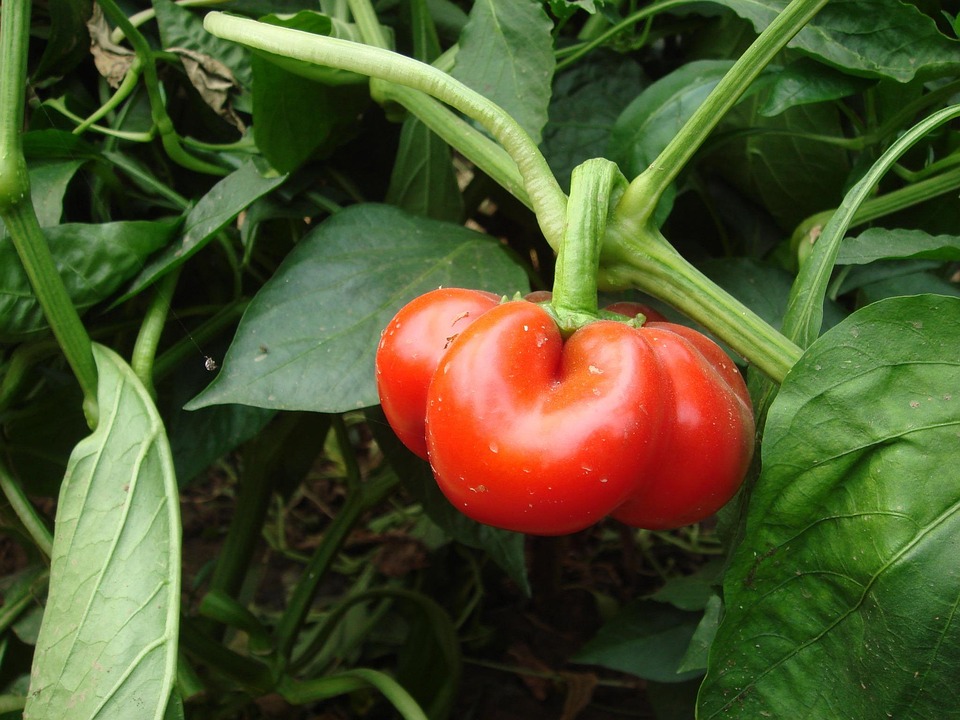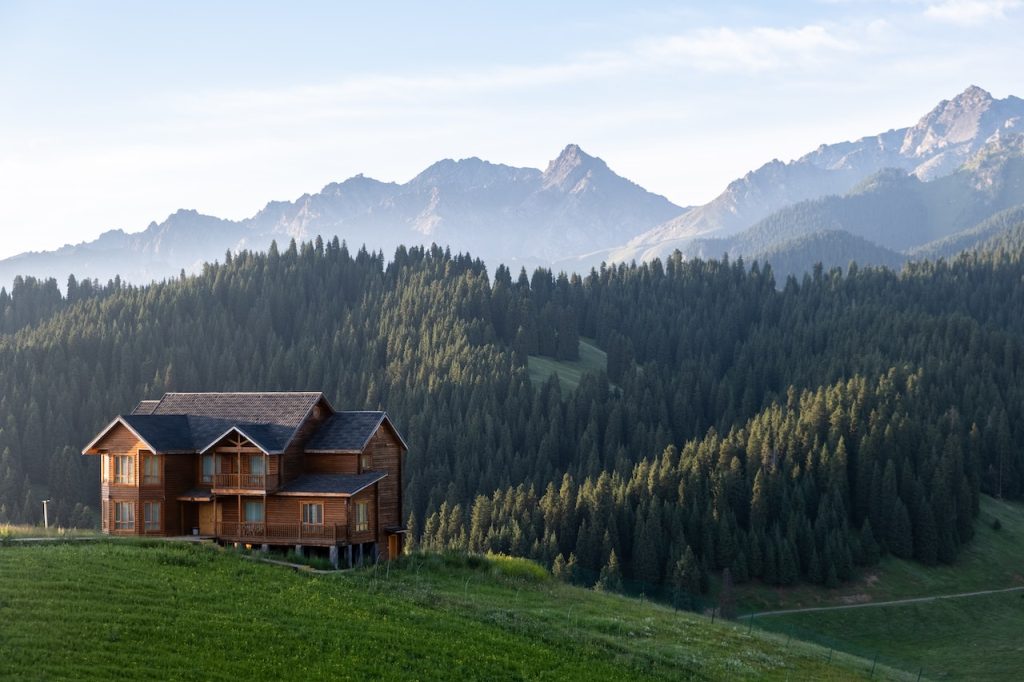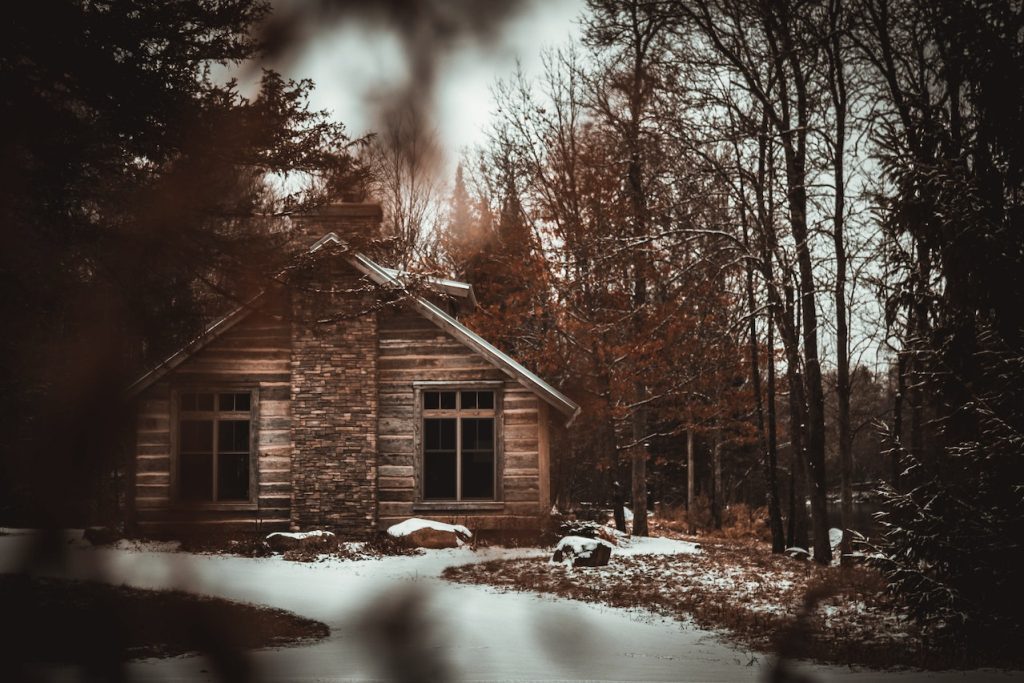# Pollinator Paradise: Sustainable Plants That Attract Bees and Butterflies
Creating a vibrant garden can feel a bit like magic, especially when you see the flutter of butterflies and the dance of bees enlivening the colors. I remember one sun-drenched afternoon, planting a new batch of wildflowers. As I wiped the sweat from my brow, I was suddenly surrounded by a flurry of bees buzzing, drunkenly swirling around the flowers, and a kaleidoscope of butterflies flitting through the air. It was then that I realized how crucial sustainable gardening is—not just for us, but for our buzzing and fluttering friends, too. So, let’s talk about how to curate your very own Pollinator Paradise, teeming with plants that attract and sustain these essential creatures.
### Why Pollinators Matter
Pollinators, particularly bees and butterflies, play a vital role in our ecosystem. They are responsible for fertilizing nearly three-quarters of the world’s flowering plants and about 35% of our food supply. By attracting these essential insects to your garden, you’re contributing to biodiversity, supporting food webs, and creating a flourishing environment for all species. Plus, who doesn’t love the sight of colorful butterflies dancing and bees busy at work?
### Key Traits of Pollinator-Friendly Plants
When selecting plants for your Pollinator Paradise, consider the following:
1. **Color:** Bright, vivid flowers in shades of yellow, purple, pink, and blue are particularly attractive to pollinators.
2. **Shape:** Open, flat blooms provide easy landings for bees, while tubular flowers cater to species like hummingbirds and certain long-tongued bees.
3. **Fragrance:** Scented flowers can draw in pollinators from great distances.
4. **Bloom Time:** A variety of plants that bloom at different times ensures food sources for pollinators throughout the growing season.
### Best Plants for Bees and Butterflies
#### 1. **Milkweed (Asclepias spp.)**
This critical plant is not just a monarch butterfly host; it’s also quite a sight. With its fragrant, star-shaped flowers, this perennial comes in various colors ranging from white to deep purple. Milkweed blooms from late spring to fall, offering a continuous food source.
#### 2. **Lavender (Lavandula spp.)**
A gardener’s favorite, lavender not only attracts bees but also emits a soothing fragrance that enhances any outdoor space. Its spikes of purple flowers bloom from mid-summer to early fall. Plus, it’s drought-tolerant—perfect for sustainable gardening!
#### 3. **Coneflower (Echinacea spp.)**
These robust perennials are known for their striking daisy-like flowers. They attract a myriad of pollinators and are easy to grow. As a bonus, coneflower seeds become a winter food source for birds.
#### 4. **Bee Balm (Monarda spp.)**
With its unique, tubular flowers in red, pink, or purple, bee balm is irresistible to both bees and butterflies. Its fragrant leaves also offer culinary uses, adding a delightful twist to your home cooking.
#### 5. **Zinnia (Zinnia elegans)**
Zinnias are a colorful addition to any garden. Available in multiple hues, these annuals bloom all summer long, providing essential nourishment to butterflies. They are also relatively easy to grow from seeds, making them perfect for novice gardeners.
#### 6. **Helenium (Helenium autumnale)**
Known as sneezeweed, helenium dazzles with autumn flowers in warm shades of yellow and red. Its long bloom period makes it a favorite among bees during late summer.
#### 7. **Black-eyed Susan (Rudbeckia hirta)**
This cheerful perennial is a staple in cottage gardens. Not only does it attract bees, but it’s also drought-resistant and thrives in poor soil conditions, making it a win-win for sustainable practices.
### Building Your Pollinator Paradise
Now, let’s dive into how to cultivate these charming plants into your personal Pollinator Paradise.
#### **Location Matters**
Select a sunny spot for your garden; most pollinator-attracting plants flourish in full sun (6+ hours a day). A diverse range of flowers surrounding a nest of native plants will create a harmonious habitat, ensuring you attract an array of pollinators.
#### **Choose Native Plants**
Native plants are typically well adapted to the local climate and soil conditions, making them hardier and better for local wildlife. They also usually require less maintenance and water, which is a perfect match for sustainable gardening.
#### **Create Layers**
Incorporate plants of varying heights. Taller plants, like hollyhocks, should be placed at the back of a garden bed, with mid-height perennials, such as coneflower, in the middle, and low-growing flowers, like creeping thyme, at the front. This layered look mimics a natural habitat.
#### **Add Water Features**
Consider adding a small water feature like a birdbath or a shallow dish of water with pebbles. Bees and butterflies need a safe place to hydrate, especially during dry spells.
### Pro Tips for Sustaining Your Pollinator Paradise
– **Limit Pesticides:** Many traditional pesticides harm beneficial pollinators. Instead, opt for organic pest control methods, such as introducing ladybugs or using neem oil.
– **Provide Nesting Sites:** Consider leaving patches of bare soil for ground-nesting bees and installing bee hotels for solitary bee species.
– **Practice Crop Rotation:** Rotate your flowering plants each year to promote soil health and discourage pest infestations.
– **Cut Back Gently:** After flowering, allow seed heads to remain in the garden for birds and overwintering pollinators. Trim only a portion of your plants in early spring to help protect eggs laid by pollinators.
– **Create a Pollinator Calendar:** Blooming plants at different times of the year will ensure pollinators have food throughout the growing season. Track which plants thrive best and make adjustments as needed.
### Final Thoughts
Establishing a Pollinator Paradise is not only a gratifying endeavor but a vital contribution to the well-being of our environment. By planting sustainable flowers and practices that support our buzzing and fluttering friends, you’re engaging in a beautiful, interconnected dance of life. The great news? This venture doesn’t require a lot of space or resources. From sunny balconies to quaint backyard gardens, there’s room for every gardener to create a haven for pollinators.
So grab your gardening tools, dive into the soil, and watch as your little paradise springs to life—a burst of color and activity that benefits you, the plants, and our vital pollinators! Happy gardening!



